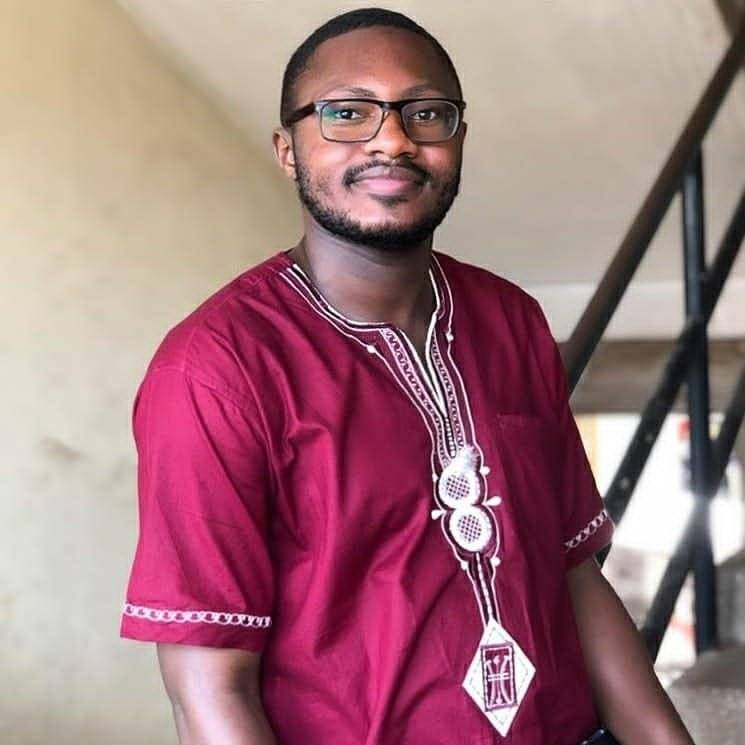Take a seat, make yourself comfortable, and let the soothing scent of sandalwood incense envelop you. Today, we're going to delve into the world of showmanship and deception, starting with a brief psychic reading of your personality. Ready? Here we go: "You place a lot of value on being liked and admired. At times, you are overly critical of yourself. You pride yourself on being an independent thinker, and you rarely accept things without satisfactory proof."
Now, does that resonate with you? Chances are, it does—at least a little bit. This is an example of a Barnum statement. A seemingly specific insight about someone's character, it’s vague enough to apply to just about anyone. This technique, which is used by psychics, horoscopes, and even magicians, is named after the legendary 19th-century showman Phineas Taylor Barnum, who made an art form out of mixing illusion and reality for the sake of entertainment—and profit.
Barnum's influence is still felt today, not only in the worlds of entertainment and marketing but also in the ways people think about self-promotion and the nature of truth itself. From his infamous hoaxes to his spectacular shows, Barnum left a complex and lasting legacy. This article will explore some of the most intriguing aspects of his life, examining how he crafted his "humbugs" and why, despite being a notorious trickster, people couldn’t help but admire him.

The Fiji Mermaid: A Spectacular Hoax
One of Barnum’s most notorious stunts was the Fiji Mermaid, a grotesque creation that captured the public’s imagination in the mid-1800s. The mermaid was first "discovered" by an Englishman named Dr. J. Griffin, who was supposedly from the British Lyceum of Natural History. Griffin arrived in New York in 1842, claiming to have a collection of rare and extraordinary creatures, including a genuine mermaid.
At the time, people’s understanding of the natural world was far from complete. The possibility that mermaids could exist wasn’t as ludicrous as it seems today. Newspapers were already buzzing with excitement before Griffin even arrived, as letters had been sent to the press describing his remarkable finds. When Griffin finally allowed the public to view the mermaid, it was the talk of the town.
But the creature was far from the seductive siren depicted in stories. Instead, it was a hideous three-foot-long abomination, with the shrivelled tail of a fish and the mummified torso of a monkey. Its open mouth made it look as though it had died in agony. In fact, it was a simple taxidermy hoax, created by Japanese fishermen and sold to a sea captain who exhibited it before it came into Barnum's hands.
Barnum, always the showman, knew the mermaid was a fake. But that didn’t stop him from using it as a centrepiece in his museum, after creating a wave of anticipation through a media stunt. He and his friend Levi Lyman, posing as Dr. Griffin, orchestrated the entire affair, right down to the fabricated quarrel between the good doctor and Barnum himself. The public, intrigued by the mystery, flocked to see the mermaid, even if the reveal was a grotesque disappointment.
The Art of Humbug: Deception as Entertainment
Barnum wasn’t just selling tickets to see oddities—he was selling the experience of being part of a grand spectacle. The term he favoured for his acts was “humbug.†In his view, a humbug wasn’t necessarily a malicious lie but rather an entertaining deception that delivered on its promise of excitement. He believed that as long as people felt they had gotten their money’s worth, there was no harm in bending the truth a little—or a lot.
This philosophy helped Barnum establish himself as one of the most successful showmen of his time. It also allowed him to justify some ethically dubious behaviour, such as exploiting people with physical differences for his "freak shows" or concocting elaborate schemes to draw crowds. While today we might view many of his actions as unethical, Barnum’s contemporaries saw him as a master of his craft, someone who understood human nature better than most.
The Tragic Tale of Joice Heth
Meet the Man Who Found a Real Mermaid Skeleton. You'll definitely enjoy this!
Before Barnum became known for his circus and museum, he first made a name for himself with a disturbing spectacle involving a woman named Joice Heth. Heth, who was blind, partially paralyzed, and claimed to be 161 years old, was touted as the former nurse of George Washington. Barnum leased her from a promoter, who had been exhibiting her as Washington’s nursemaid. Barnum took her on a tour, promoting her as “the most astonishing and interesting curiosity in the world.â€
Whether Heth was really as old as she claimed was, of course, doubtful, and her health had clearly deteriorated by the time Barnum acquired her. But that didn’t stop him from putting her on display, even going so far as to claim she was an automaton controlled by a ventriloquist to stir up more curiosity.
Heth passed away in 1836, but Barnum wasn’t finished exploiting her. He arranged for a public autopsy to prove her age, selling tickets to the event. When the autopsy revealed that she was likely no more than 80 years old, Barnum shrugged it off, claiming that the real Joice Heth had been switched with another body, and that the genuine article was still alive and well.
This morbid stunt was one of Barnum’s first forays into the world of showmanship, and it set the tone for much of what would follow in his career. It also demonstrated his skill in using controversy and media attention to his advantage. Despite the ethical concerns, Barnum knew that people would pay to be part of a spectacle, even one as macabre as a public dissection.
The Greatest Showman: Barnum’s Circus and Beyond
By the time Barnum opened Barnum’s American Museum in New York in 1841, he was already well-versed in the art of self-promotion. The museum was a massive success, featuring everything from wax figures to live animals to curiosities like the Fiji Mermaid. It wasn’t a conventional museum by any means—Barnum’s aim was to entertain and astonish, not to educate. The museum also housed the famous Tom Thumb, a dwarf performer whom Barnum had “discovered†and trained to perform for audiences across the globe.
Tom Thumb, whose real name was Charles Stratton, was just four years old when Barnum met him, but Barnum presented him as an 11-year-old Englishman. Stratton’s act, which included singing, dancing, and impersonating famous figures like Napoleon Bonaparte, became one of Barnum’s most successful attractions. He even took Tom Thumb on a European tour, where the young performer met Queen Victoria and became a sensation.
The success of the museum and performers like Tom Thumb eventually led Barnum to expand into the world of circus entertainment. In the 1870s, he partnered with James A. Bailey to create the Barnum & Bailey Circus, which billed itself as “The Greatest Show on Earth.†This traveling extravaganza included not only traditional circus acts like acrobats and clowns but also exotic animals, sideshow attractions, and the latest innovations in entertainment technology.
A Complex Legacy
Barnum’s ability to captivate audiences with spectacle, his use of media to create hype, and his understanding of human psychology made him one of the most influential figures in the history of entertainment. Yet, his career is also a reminder of the ethical complexities involved in the business of showmanship. He exploited vulnerable people like Joice Heth, perpetuated hoaxes like the Fiji Mermaid, and often blurred the line between truth and fiction in ways that would be considered highly problematic today.
In the end, Barnum’s life and work raise important questions about the nature of deception and entertainment. Can we forgive a hoax if it provides amusement? Is there a line that shouldn’t be crossed in the pursuit of profit and fame? Barnum himself would likely argue that as long as people left his shows feeling satisfied, the answers didn’t really matter.
Whether you view Barnum as a clever showman or an unscrupulous trickster, there’s no denying that he understood the power of spectacle and knew how to make the most of it. His legacy lives on not only in the world of circus performance but also in modern marketing, media, and even politics. In many ways, the world we live in today—where attention is the most valuable currency—can trace some of its roots back to the lessons taught by P.T. Barnum, the master of humbug.


